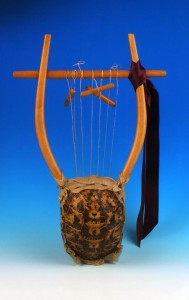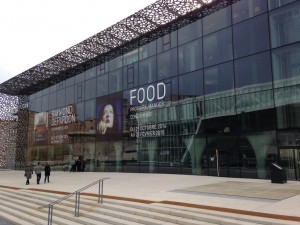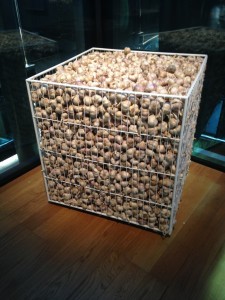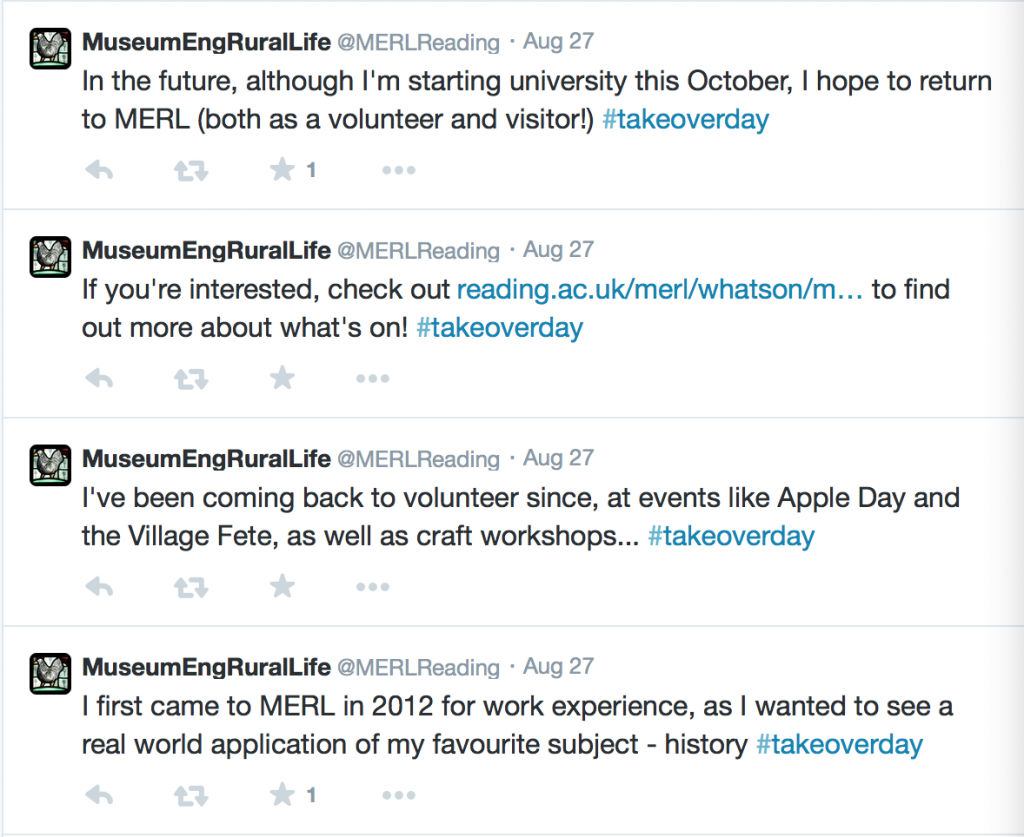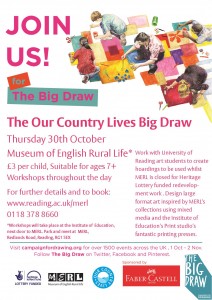Alison Hilton, Marketing Officer, shows how, with a little bit of research, it is possible to link chocolate and English Rural Life, and invites you to come and talk about your perceptions of the countryside at our first Our Country Lives Information Day on Sat 4th October.
Staff and volunteers spent last weekend on the University of Reading’s chocolate-themed (award-winning!) stand at the Berkshire Show. MERL has been a part of the stand for several years, adding a historical element and a family activity to dairy, bread and fruit themes. After last year’s show, when the other departments involved suggested that the 2014 stand could be on the theme of chocolate, we were worried that we would find it hard to find a link with our collections – not much cocoa is grown in rural England after all! Fortunately, Assistant Curator Ollie Douglas was quick to remind us of the concept of the ‘chocolate box’ image of the countryside.
I’d heard of this term, but had never asked myself why quaint pictures of cute cottages and pretty rural scenes have come to be labelled ‘chocolate box’ images. Preparing our display for the show, colleagues explained all; it appears to be down to Cadburys:
Bournville is a ‘model village’ developed in the late-nineteenth century by the Cadbury family to house the workforce of their chocolate factory. At that time Bournville was on the rural outskirts of Birmingham, though it has now been subsumed by suburban expansion. The Cadbury family believed they had a paternalistic responsibility to provide a healthy and moral rural community for their workers. Families moved from inner-city slums to a planned village with large semi-detached houses, schools, a boating lake and a picturesque cricket pitch next to the factory. This scene was made famous on Cadbury Milk Tray chocolate boxes throughout the 1950s and early 1960s.
The term ‘chocolate box art’ is now often used to refer to such quaint countryside scenes, and the use of this imagery in the arts, entertainment and popular culture is often idealistic and sentimental. Our ideas about the countryside are often influenced by these representations.
Although we don’t actually have one of these chocolate boxes in our collections, we’ve recently deliberately acquired objects, as part of the HLF-funded Collecting 20C Rural Cultures project, which portray this kind of image of the countryside, such as a collection of ‘rural nostalgia’ plates, by Wedgwood…

The most popular image with visitors on our Berkshire Show stand was this one from a Wedgwood plate
This Cottage Ware tea set from the 1940s, made by Keele Street Pottery of Stoke-on-Trent, captures the quintessential image of the quaint thatched English country cottage. (MERL 2009/52 – 2009/54)
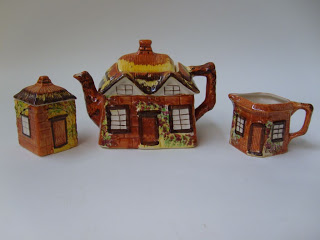
1940s Cottage Ware teaset (MERL 2009/52 – 2009/54)
This 120 piece wooden jigsaw puzzle entitled ‘A Cotswold Alley’ was made by Chad Valley, in the 1920s. The jigsaw depicts a classic ‘chocolate box’ cottage scene. (MERL 2008/99/1 – 2008/99/2)

1920s Chad Valley jigsaw (MERL 2008/99/1 – 2008/99/2)
We copied, traced and reproduced these images for children to colour in on the stand at the show and used them as a starting point for talking about how our perceptions of the countryside are influenced.
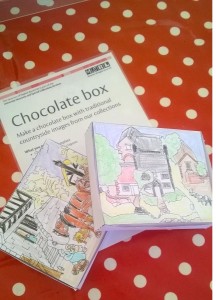
The working title of one of the new galleries is ‘Rural views and perceptions’. It will tell the stories of the home in the countryside (as a place for both living and working) and the changing nature of crafts. We really want to explore the idea that the popular image of the countryside is part-myth and part-reality, and to consider the contrast between the idea/ideal and reality of living in the countryside, and think about how these ideas have come about.
Our ideas about the countryside are often influenced by how rural people and places are represented in the arts and popular culture. Sometimes we are given a nostalgic sense of a golden rural past, idealising the countryside way of life.
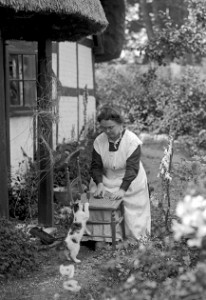

In contrast, the countryside can also be represented as a remote and frightening wilderness, removed from the rest of society. Film makers have often portrayed the countryside as a harsh and brutal place, with the quietness seeming sinister rather than peaceful.
For people from more urban backgrounds, the countryside is sometimes seen as a place to retreat at weekends and for holidays, yet for rural dwellers, living and working in the countryside can mean a life of hard labour and sometimes even poverty.
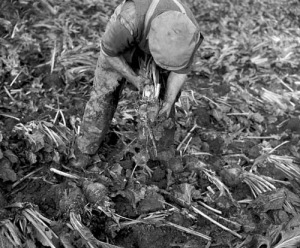
At the Information Day on Saturday 4th October, we’ll be asking visitors to look at contrasting images of life in the countryside from our photographic archives and talk about how they affect their perception of the countryside.
Information Day, Saturday 4th October, 2-4pm
Come and see the current displays for one last time, learn more about the project, see the first artist impressions of some of the proposed new galleries, and find out how you can get involved…
- Hear a short presentation outlining plans for the new galleries, facilities and activities
- See artists impressions and initial plans for the new galleries
- See some of the hidden treasures from the stores which will feature in the new displays
- Have a go at object handling – an example of the kind of activity which will be available in the new museum
- Take part in an ‘image keywording’ activity with staff to discuss contrasting images of the countryside & help inform one of the new galleries focussing on percetpions of the countryside
- Make a chocolate box decorated with nostalgic rural images and see the objects which inspired them
- Find out about the new Family Forum & Youth Forum and sign up to take part in consultations to have your say in the future of MERL
- Enjoy delicious tea & cake!




